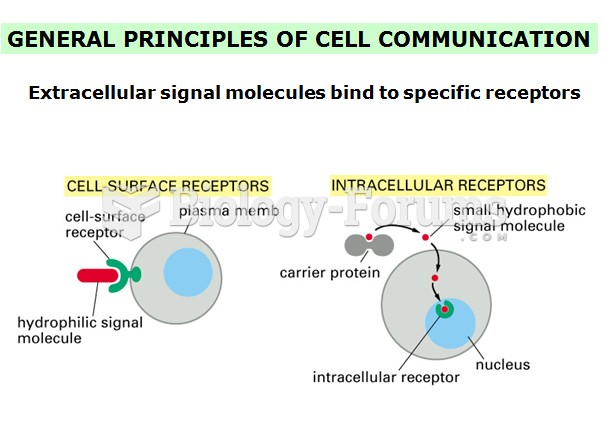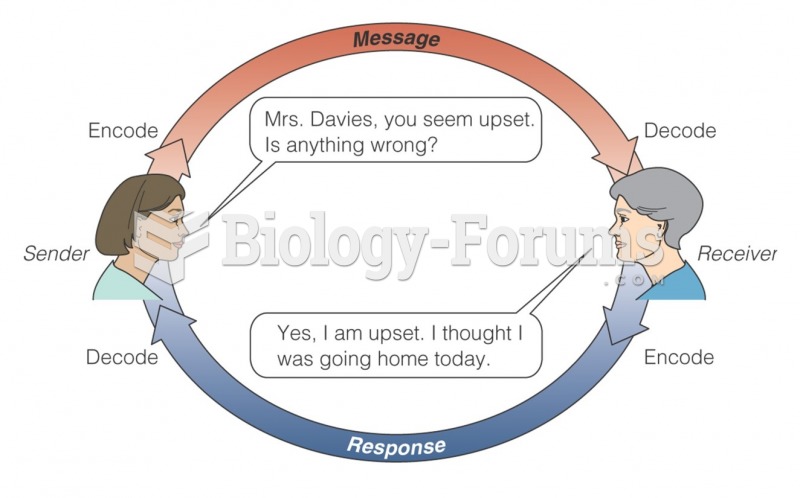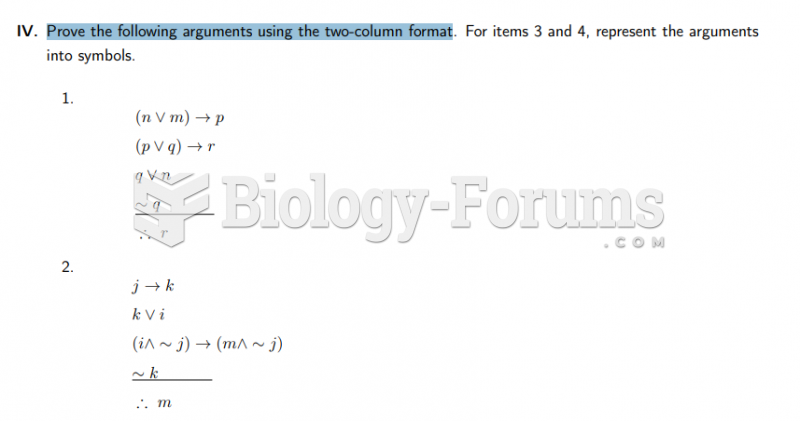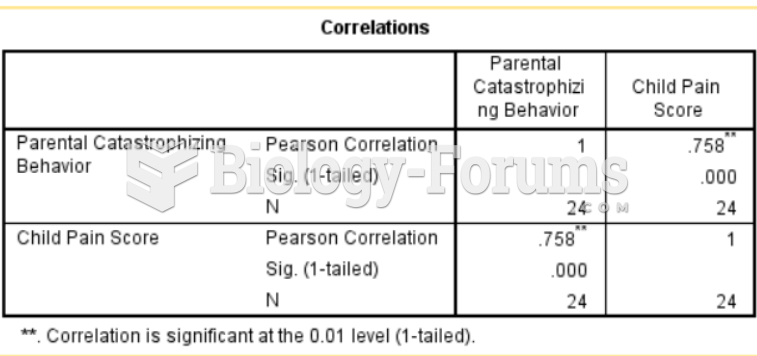Answer to Question 1
Answer: Because readers cannot see multiple screens at one time, or easily move around to different areas of the document, linear organization should be used. With small mobile device screens, a complicated organization requires readers to zoom in and out and pan around to see all these elements at readable text sizes. The lack of linear organization makes reading slower, and raises the odds that readers will get disoriented and lose the thread of the message because they can't see the big picture. To simplify reading, organize with a linear flow from the top to the bottom of the message or article. Information should be prioritized with the use of the inverted pyramid, in which you reveal the most important information briefly at first and then provide successive layers of detail that readers can consume if they want. Mobile users often lack the patience or opportunity to read lengthy messages or documents, so keep it short. In some cases, this could require you to write two documents, a shorter executive summary for mobile use and a longer supporting document that readers can access with their PCs if they want more details, allowing for a shorter and more-focused message on the mobile device. Subject lines and headings should be kept to around 25 characters to keep the information from taking up multiple lines. Finally, short paragraphs will allow for micro rests in the reading process.
Answer to Question 2
Answer: D
Explanation: D) In addition to structuring a message according to discrete blocks of information, paragraphs have a visual role in written communication as well. Shorter paragraphs are less intimidating and let readers take frequent micro rests as they move through a document. Because far less text is displayed at once on a mobile screen, keep paragraphs as short as possible so readers don't have to swipe through screen after screen before getting to paragraph breaks.







